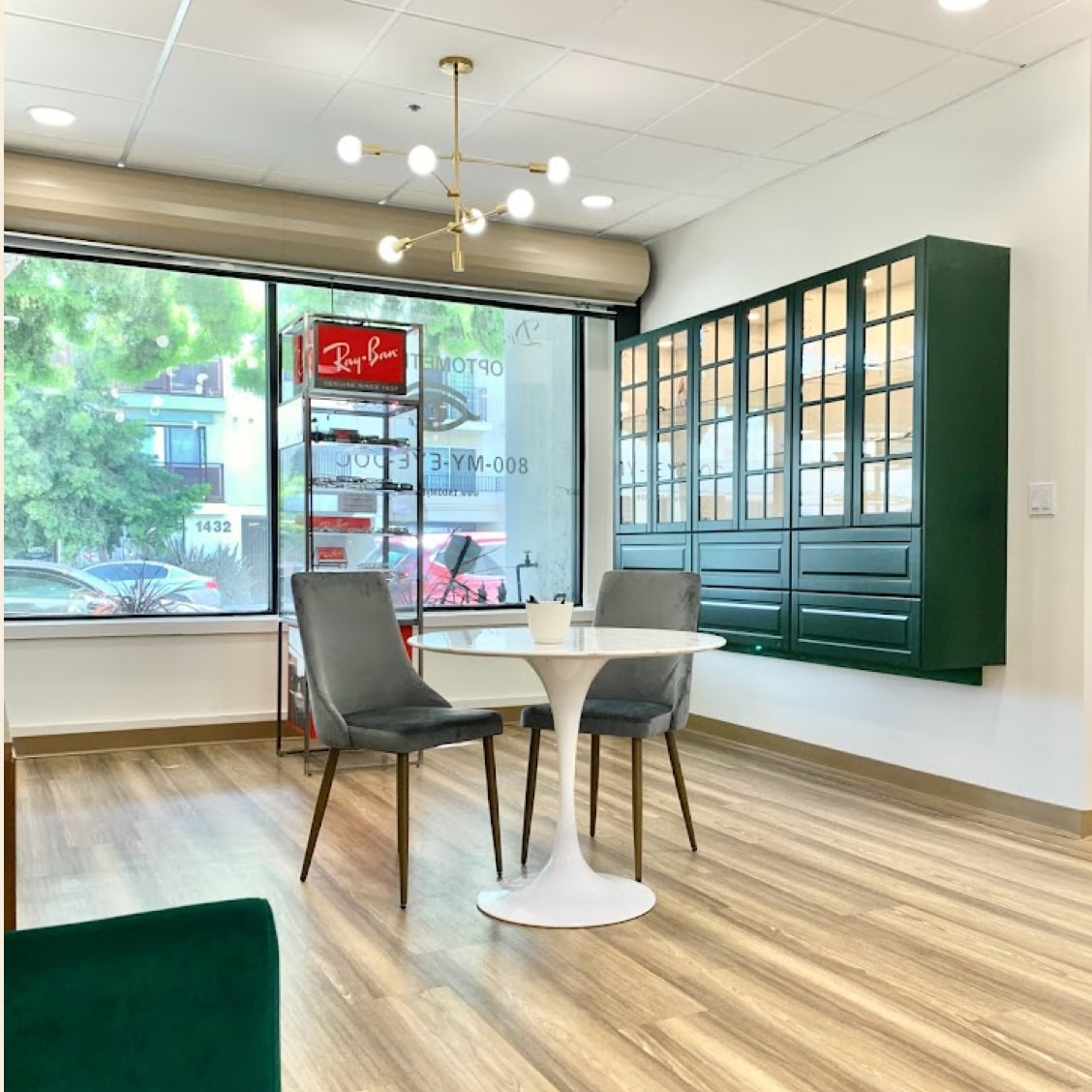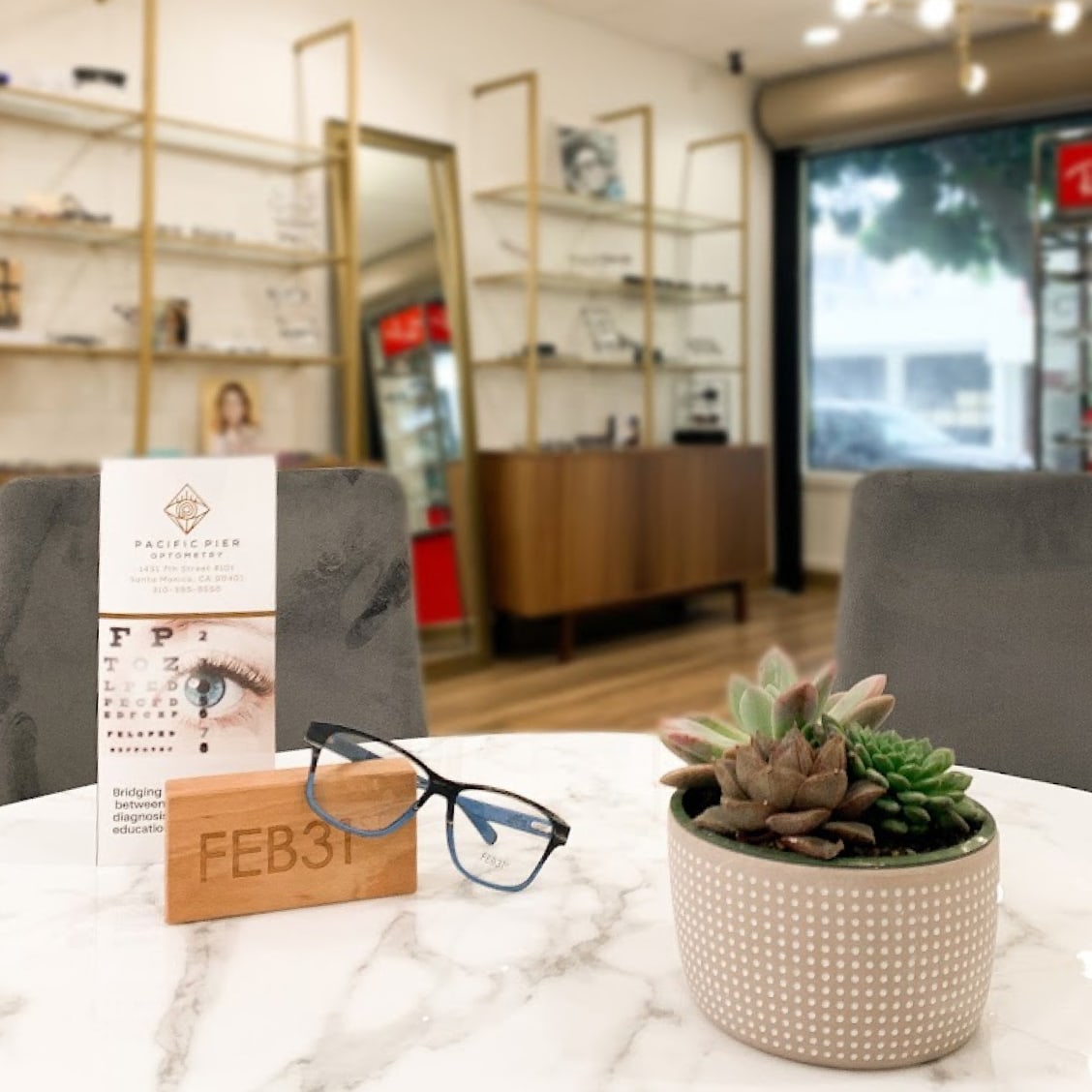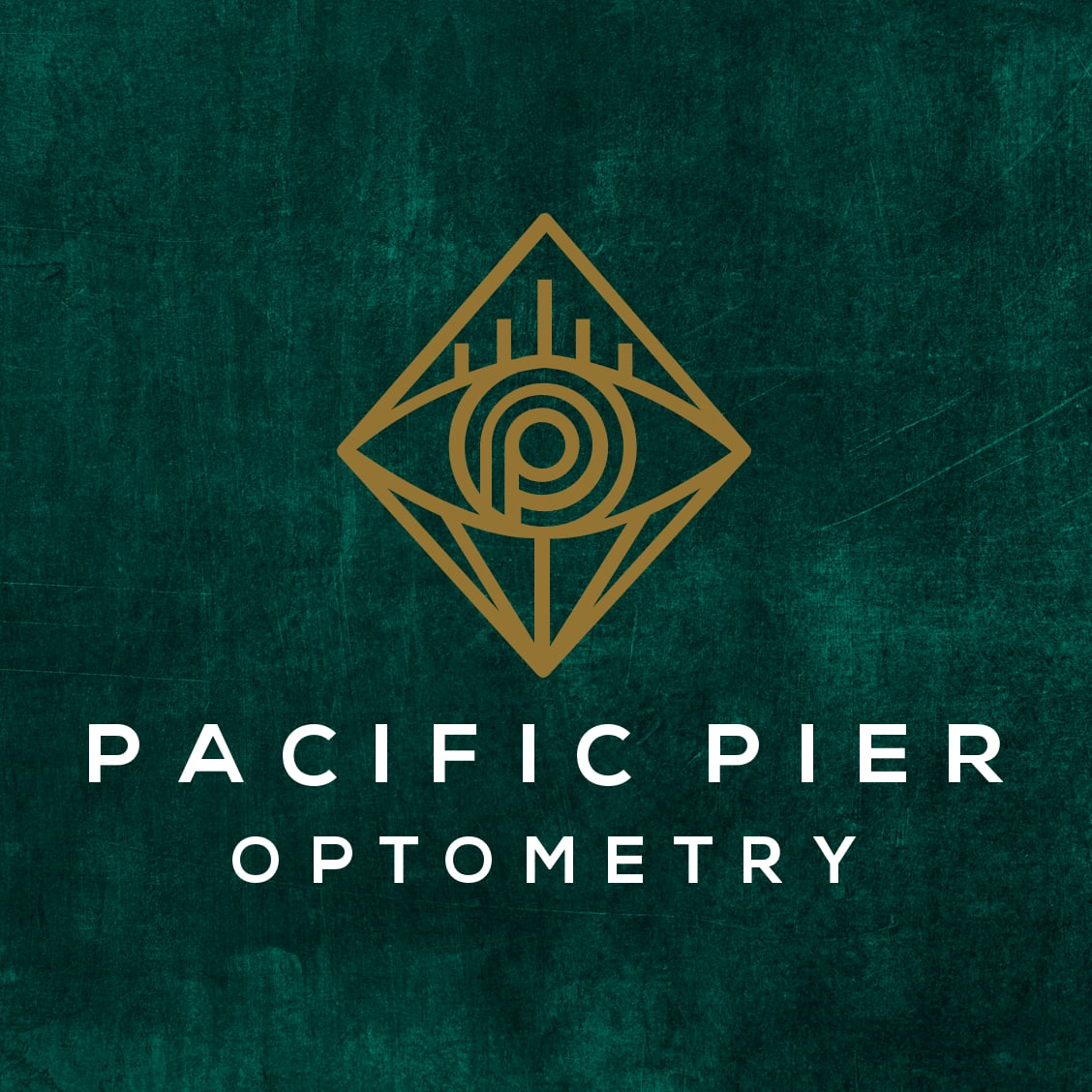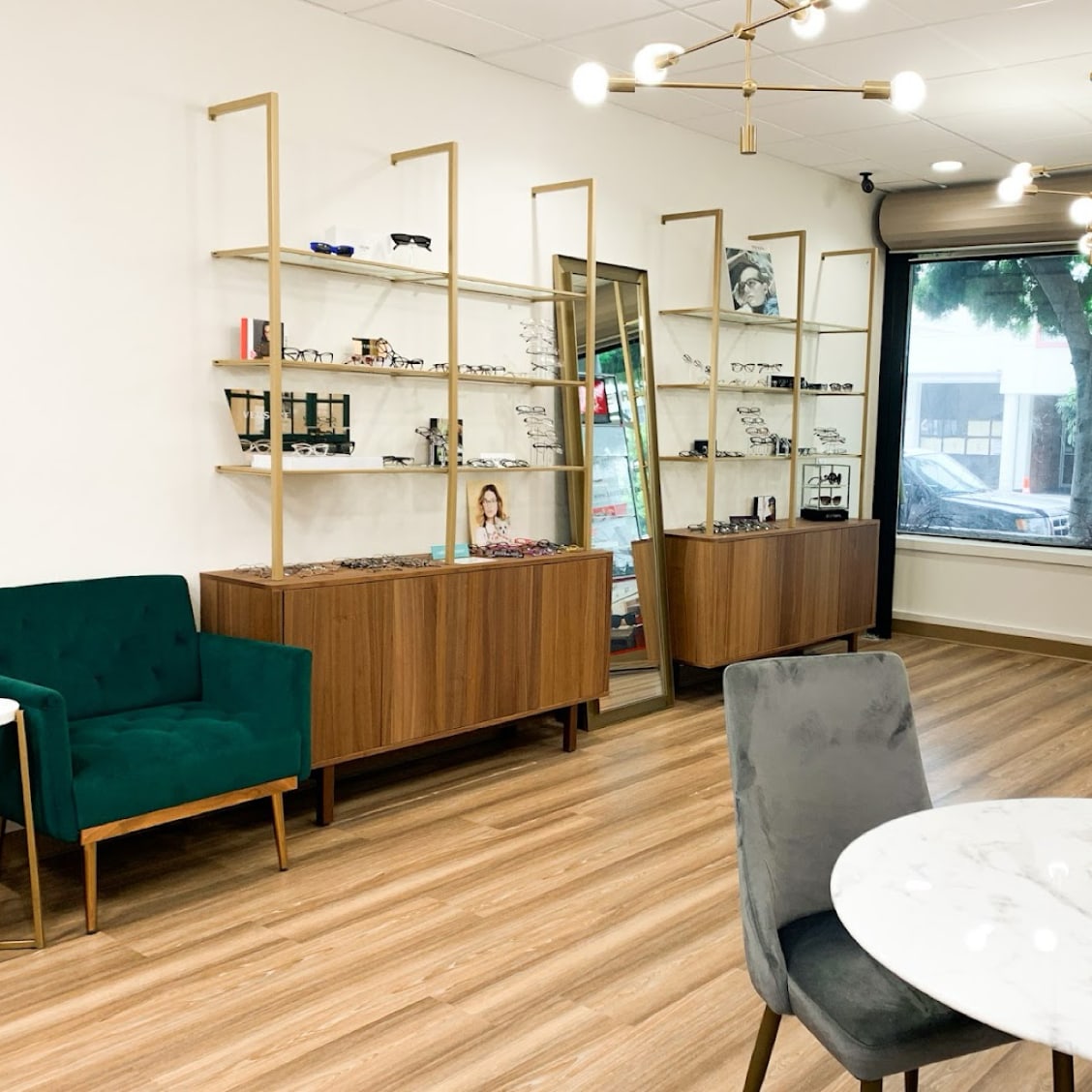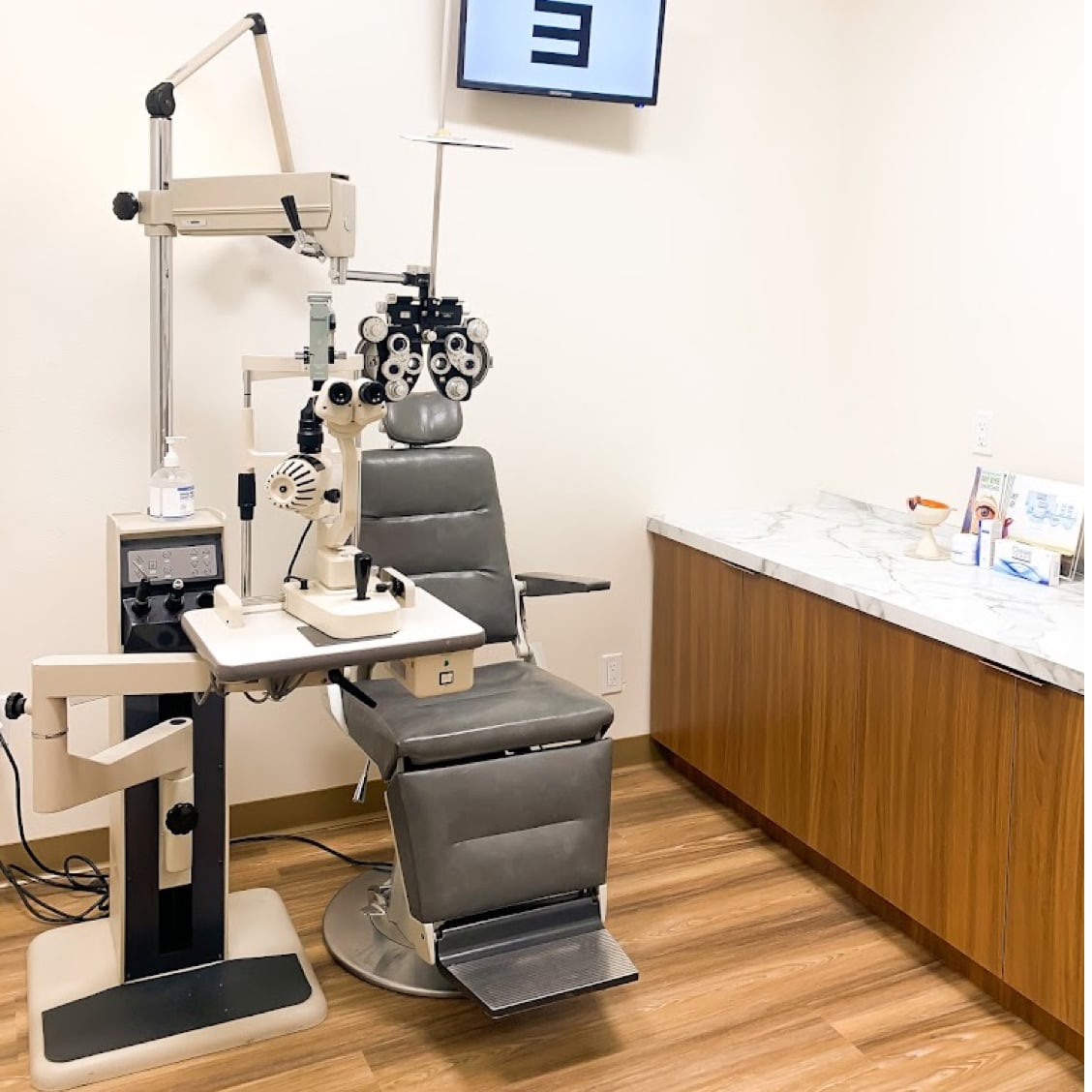Nearsightedness is when you can see close-up objects but have trouble seeing things far away. If you’re nearsighted, you may squint or strain your eyes when trying to read signs or watch TV.
Your eye doctor can diagnose nearsightedness with the help of an eye exam. You can’t cure nearsightedness, but you can fix the condition to achieve vision clarity and manage it to prevent it from worsening.
What Is Nearsightedness?
Nearsightedness, or myopia, is a common refractive error that affects an individual’s ability to see distant objects clearly. If you’re nearsighted, when light enters the eye, it focuses in front of the retina (the light-sensitive tissue at the back of the eye) rather than directly on it. The resulting image at a distance is blurry, while close-up vision remains clear.
Causes of Nearsightedness
Nearsightedness results from a too-long eyeball or too-steep cornea (the transparent front part of the eye) that causes light to focus incorrectly. Your risk of becoming nearsighted is high if family members have the condition. Spending extended periods on close-up tasks, like reading or computer work, can also contribute to the development of nearsightedness. Additionally, inadequate outdoor time during childhood can increase your risk of developing nearsightedness.
Symptoms of Nearsightedness
Besides difficulty seeing distant objects, other symptoms of nearsightedness can include the following:
- Eye strain
- Tired and sore eyes
- Frequent squinting
- Headaches
Diagnosis of Nearsightedness
Diagnosing nearsightedness involves thorough testing, visual assessments, and discussions about your eye health. The foundation of nearsightedness diagnosis is a comprehensive eye examination conducted by an optometrist or ophthalmologist. Tests to diagnose nearsightedness can include:
- Visual acuity test to measure vision at varying distances
- Refraction test to determine the correct prescription for corrective lenses
- Slit-lamp exam to assess the structure of the eyes
Treatment for Nearsightedness
There are several treatment options available for people with nearsightedness. The most common treatment is prescription eyeglasses or contact lenses. These corrective lenses help to refract incoming light and allow it to focus correctly on the back of the retina.
People with mild nearsightedness may only need glasses or contact lenses for certain activities, like driving or watching movies. However, people with more severe nearsightedness typically wear corrective lenses all the time.
Another treatment option is refractive eye surgery, which aims to permanently correct or fix nearsightedness by reshaping the cornea. Types of laser eye surgeries include LASIK (laser-assisted in situ keratomileusis) and PRK (photorefractive keratectomy), which can correct nearsightedness.
These procedures are typically very safe and effective, with most patients achieving better vision without needing glasses or contacts. However, vision in adults with laser eye surgery can still naturally worsen with age.
Not everyone is a good candidate for refractive surgery. Speak to your eye doctor about your options for correcting nearsightedness.
Managing Nearsightedness
While laser eye surgery can fix nearsightedness in adults, children can’t have refractive surgery until their condition stabilizes in early adulthood. Nearsightedness usually develops in early childhood and progresses with rapid eye growth.
Managing myopia or myopia control in children involves slowing or halting the progression to prevent severe nearsightedness or high myopia. High myopia can increase the risk for sight-threatening conditions such as:
Myopia control measures can include:
- Orthokeratology: These are rigid gas-permeable contact lenses worn overnight. They flatten the cornea to provide clear vision during the day and can help slow myopia progression.
- Atropine drops: Low-dose atropine eye drops work by paralyzing and relaxing the eye muscles used for focusing. These drops can help stop the eye from growing too long, slowing myopia progression.
Preventing Nearsightedness
In addition to formal treatments, there are practical steps individuals can take to prevent nearsightedness and promote overall eye health:
- Regular eye exams: Schedule routine eye exams to monitor changes in your and your child’s vision.
- Update your prescription: An incorrect or undercorrected prescription can lead to vision discomfort and headaches.
- Follow the 20-20-20 rule: To reduce eye strain during prolonged close-up tasks, take a 20-second break every 20 minutes to look at something 20 feet away.
- Outdoor time: Encourage children to spend more time outdoors during daytime hours to help prevent the onset or progression of nearsightedness.
- Proper lighting: Ensure adequate lighting when reading or working on close-up tasks to reduce eye strain.
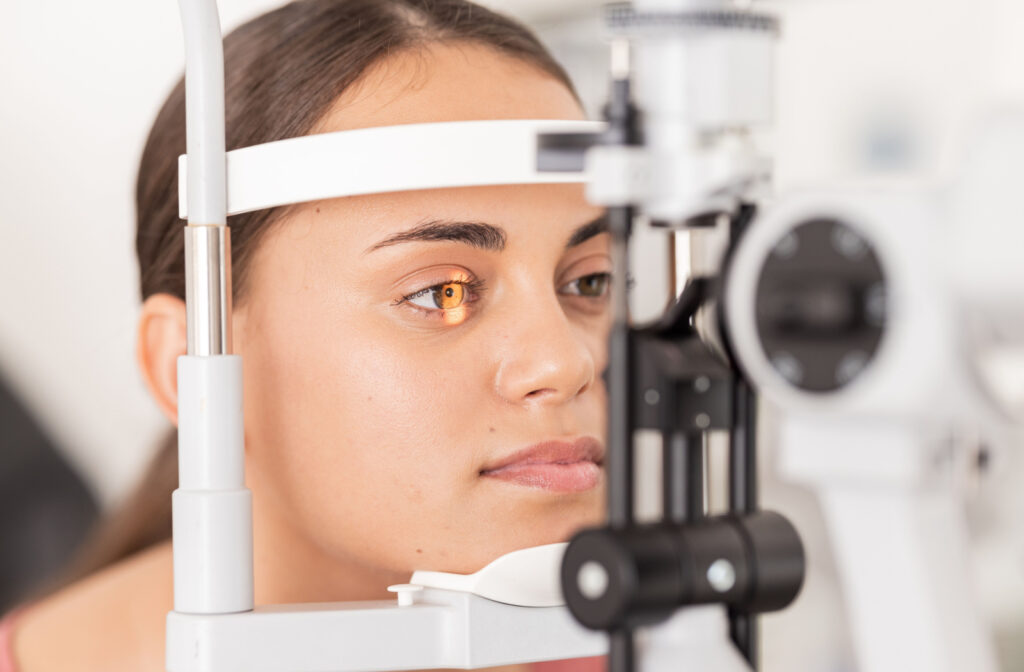
Vision Clarity with Eye Exams
Accurately diagnosing nearsightedness in adults and children is the first step towards fixing, treating, and managing this refractive error. The eye doctors at Pacific Pier Optometry can correct nearsightedness with prescription eyewear and laser eye surgery.
For children with nearsightedness, myopia control can help preserve their vision, eye health, and slow progression. If you have questions about nearsightedness or concerns about symptoms, book an appointment for personalized advice and guidance on the best approach to treating nearsightedness.













